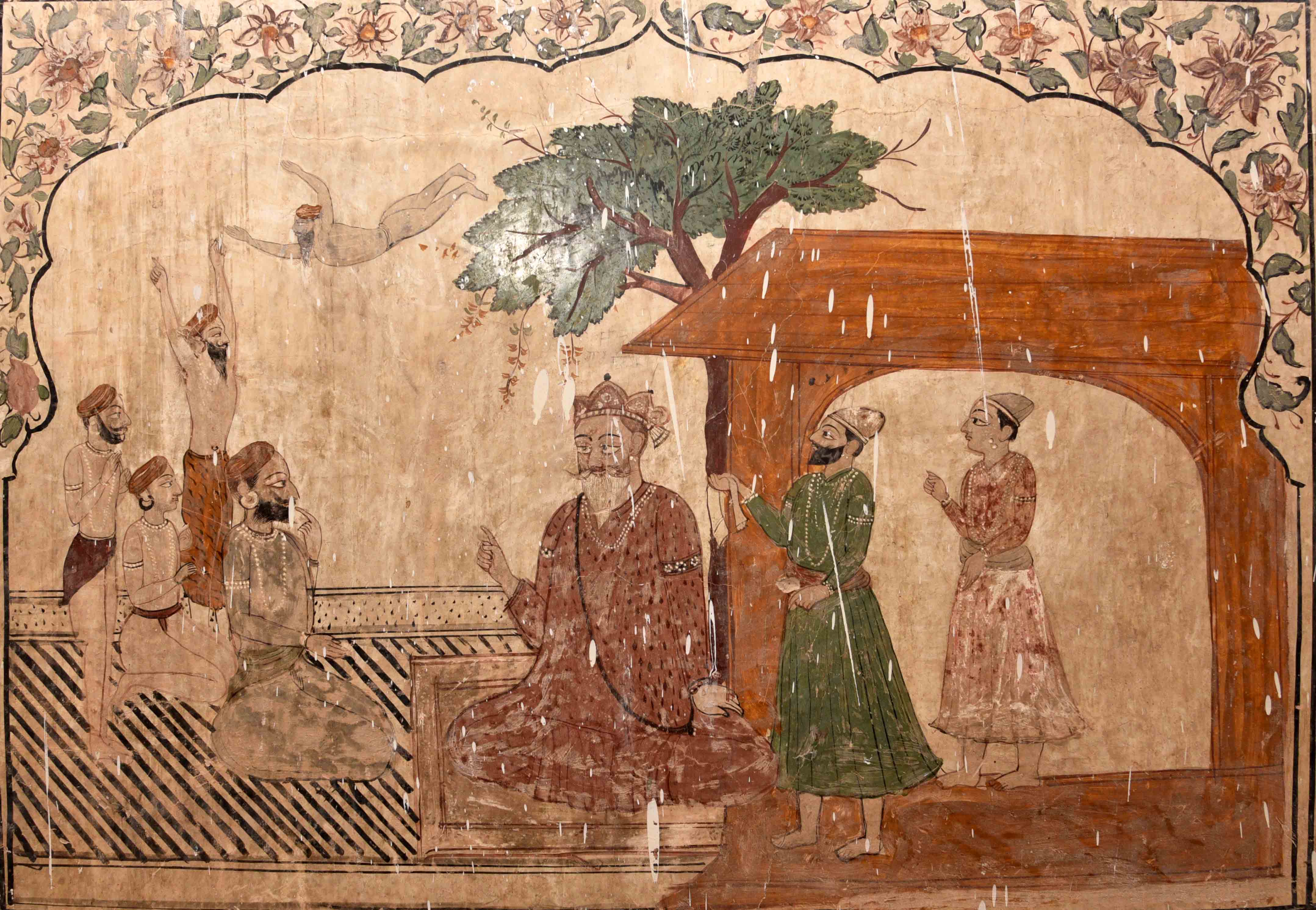Rooted Futures: Reimagining Culture Through Soil, Seed, and Story

In the heart of Punjab's farmlands and across India’s sustainable agriculture movement, a quiet revolution is underway—one that revives not just the soil, but the culture that once flourished with it.
In the age of satellites and sensors, the pulse of a nation still beats in its soil. Across Punjab's golden fields, a new narrative is taking root—one that blends ancestral wisdom with contemporary innovations, and community traditions with climate-smart ambition. It's a movement that understands that soil isn’t just a medium for crops—it's a living archive of culture, memory, and identity. For centuries, India’s agricultural practices were as much cultural expressions as they were survival strategies. Songs marked the seasons, rituals governed sowing and harvesting, and food was a celebration of biodiversity. Farming wasn't just an occupation—it was a way of life, deeply embedded in local customs, folklore, and collective knowledge.
Culture Buried in Soil
The Green Revolution, while boosting food production, came at a cost: it disrupted these cultural systems. The shift to mono-cropping, chemical inputs, and industrial farming models didn't just degrade the soil—it silenced stories. Diversity in crops gave way to uniformity. Local knowledge was overshadowed by imported prescriptions. Soil lost its living richness; so did rural life. Where once communities gathered to celebrate the arrival of the monsoon or the harvest, today those festivals are quieter, more performative. The tactile, intimate connection with land has loosened. With each acre turned over to chemical farming, a thread of cultural memory fades.
A Regenerative Renaissance
Yet across India, a cultural revival is unfolding through the regenerative agriculture movement. Farmers are rediscovering ancient composting techniques, reviving forgotten grains, and practicing seed saving as acts of resilience. These aren't just ecological choices; they are cultural reclamations. In many villages, oral histories are being documented, traditional farming songs are resurfacing, and elders are once again being sought for their wisdom on soil cycles, lunar planting, and water memory. Regenerative practices are bringing back mixed cropping systems that mirror the cultural logic of abundance and harmony.
Farming as Cultural Stewardship
Sustainable agriculture, when viewed through a cultural lens, transforms from a technical solution into a philosophy of life. It is about caring for the land not as a resource but as a relative. In indigenous and rural traditions across India, the soil has always been seen as a mother—fertile, forgiving, and sacred. Compost pits become spaces of ritual. The use of bullocks, cow dung, and community labor isn't outdated tradition but an ecosystem of relationships. These relationships are central to cultural sustainability. The food that emerges from this soil is not just nutrient-rich but story-rich. Every millet roti, every seed saved, carries the memory of a people who farmed in rhythm with the land, not in opposition to it.
Toward a Living Future
To regenerate soil is to regenerate story. The future of agriculture in India lies not only in drones and sensors but in recognizing farming as cultural continuity. In regions once stripped bare by industrial ambition, intercropping and agro-ecology are returning. In classrooms and village chaupals, young people are learning about traditional rainwater harvesting, crop folklore, and food rituals. In every compost heap, seed festival, and farmers’ gathering, culture is being seeded anew. Regeneration isn't just about healing land. It's about restoring the culture that once lived in rhythm with it. As India strides into the future, the past need not be left behind. It can be the fertile ground from which the new is grown.
The Culture We Cultivate
As the world navigates climate shocks, food insecurity, and rural distress, India’s answer may lie not only in policy or innovation—but in remembering. Remembering the practices that once fed both body and spirit. Remembering that culture is not separate from sustainability—it is sustainability. The regenerative movement sweeping across Indian villages is not just about soil carbon or organic certification. It is about reclaiming dignity in farming, reweaving the social fabric, and restoring our collective relationship with the land. And in doing so, it reminds us of an enduring truth: that the health of a culture can often be traced to the health of its soil.
Remembering that culture is not separate from sustainability—it is sustainability.
.jpeg)

.png)
















